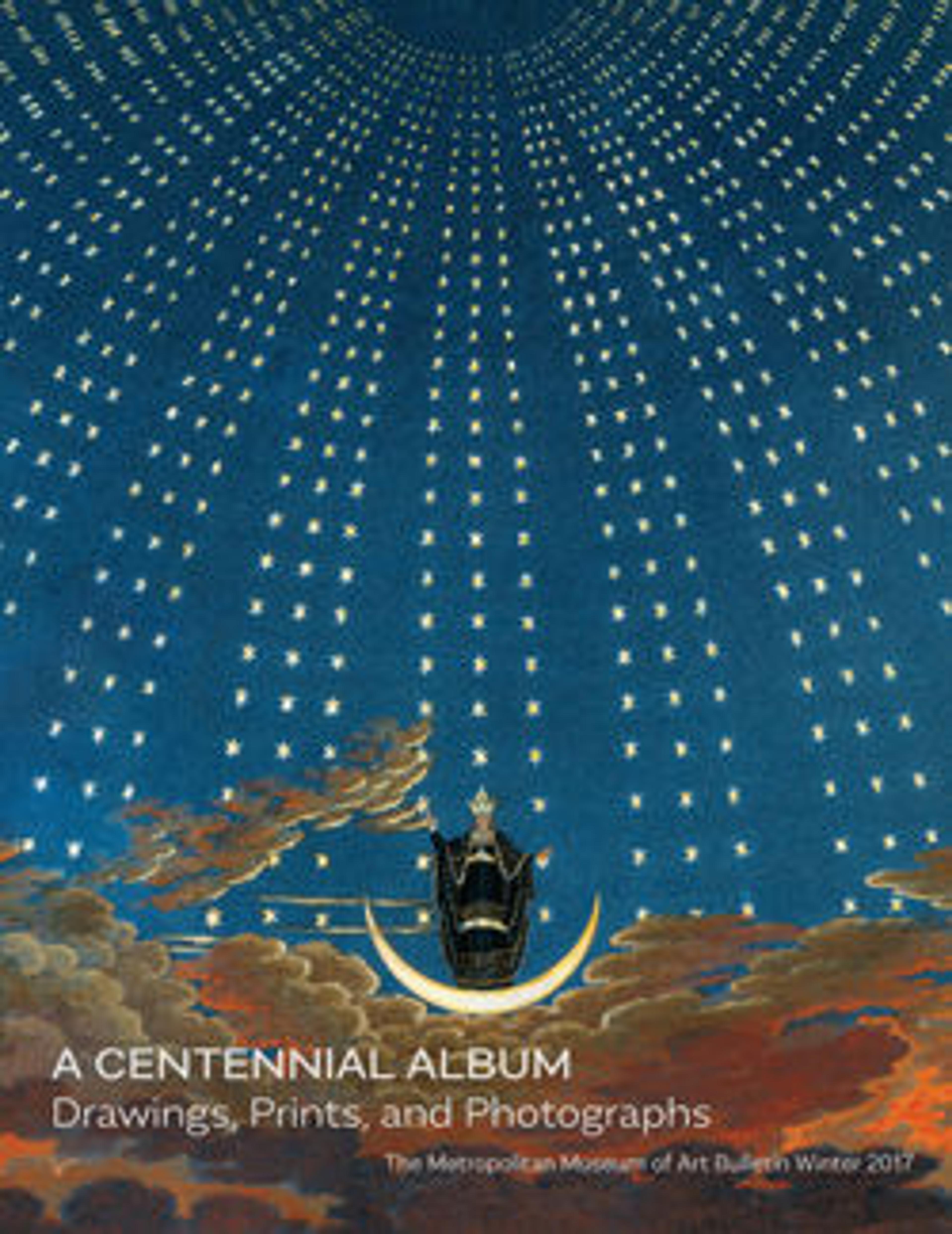Anatomical Studies: a left forearm in two positions and a right forearm
This impressive sheet demonstrates Rubens' understanding of the human body and his commitment to rigorous anatomical study of the sort pioneered in the Italian Renaissance. The same powerful left arm and hand appears in two positions; each view exposes in detail the structure of the underlying muscles, bones, and blood vessels. A right arm and hand is partly concealed beneath one bulky arm, and views of the left shoulder seen from above are drawn in different degrees of finish.
Rubens (1577–1640), one of the definitive masters of Baroque painting, had a humanist education and a deep admiration for the accomplishments of Michelangelo and other Italian artists. Like them, he used his command of anatomy to design figures in dramatic poses seen from unusual angles. Evidence suggests that Rubens planned a book of anatomical lessons with illustrations engraved after his designs. Although the project was never completed, this drawing may have been made for it, and several other sheets have been associated with it.
In order to impart a sense of energy and immediacy to his paintings, Rubens sought to master the representation of the human figure in all its actions. To achieve this end, he drew anatomy studies in the tradition of Italian Renaissance artists while in Italy between 1600 and 1608. In these drawings, Rubens used cross-hatching in pen to define the muscles and sinews of the flayed body parts that he studied from casts, a technique Leonardo also used for his own anatomy drawings, which Rubens knew. Unlike Leonardo, however, Rubens was interested in more than anatomical accuracy and clear presentation. He also created dynamic compositions, as is so masterfully demonstrated in this drawing, by studying the contorted arms from unusual angles, by inventing details, and by placing the models in a highly complex spatial relationship.
Rubens (1577–1640), one of the definitive masters of Baroque painting, had a humanist education and a deep admiration for the accomplishments of Michelangelo and other Italian artists. Like them, he used his command of anatomy to design figures in dramatic poses seen from unusual angles. Evidence suggests that Rubens planned a book of anatomical lessons with illustrations engraved after his designs. Although the project was never completed, this drawing may have been made for it, and several other sheets have been associated with it.
In order to impart a sense of energy and immediacy to his paintings, Rubens sought to master the representation of the human figure in all its actions. To achieve this end, he drew anatomy studies in the tradition of Italian Renaissance artists while in Italy between 1600 and 1608. In these drawings, Rubens used cross-hatching in pen to define the muscles and sinews of the flayed body parts that he studied from casts, a technique Leonardo also used for his own anatomy drawings, which Rubens knew. Unlike Leonardo, however, Rubens was interested in more than anatomical accuracy and clear presentation. He also created dynamic compositions, as is so masterfully demonstrated in this drawing, by studying the contorted arms from unusual angles, by inventing details, and by placing the models in a highly complex spatial relationship.
Artwork Details
- Title:Anatomical Studies: a left forearm in two positions and a right forearm
- Artist:Peter Paul Rubens (Flemish, Siegen 1577–1640 Antwerp)
- Date:ca. 1600–05
- Medium:Pen and brown ink
- Dimensions:sheet: 10 15/16 x 7 5/16 in. (27.8 x 18.6 cm)
- Classification:Drawings
- Credit Line:Rogers Fund, 1996
- Object Number:1996.75
- Curatorial Department: Drawings and Prints
More Artwork
Research Resources
The Met provides unparalleled resources for research and welcomes an international community of students and scholars. The Met's Open Access API is where creators and researchers can connect to the The Met collection. Open Access data and public domain images are available for unrestricted commercial and noncommercial use without permission or fee.
To request images under copyright and other restrictions, please use this Image Request form.
Feedback
We continue to research and examine historical and cultural context for objects in The Met collection. If you have comments or questions about this object record, please contact us using the form below. The Museum looks forward to receiving your comments.
